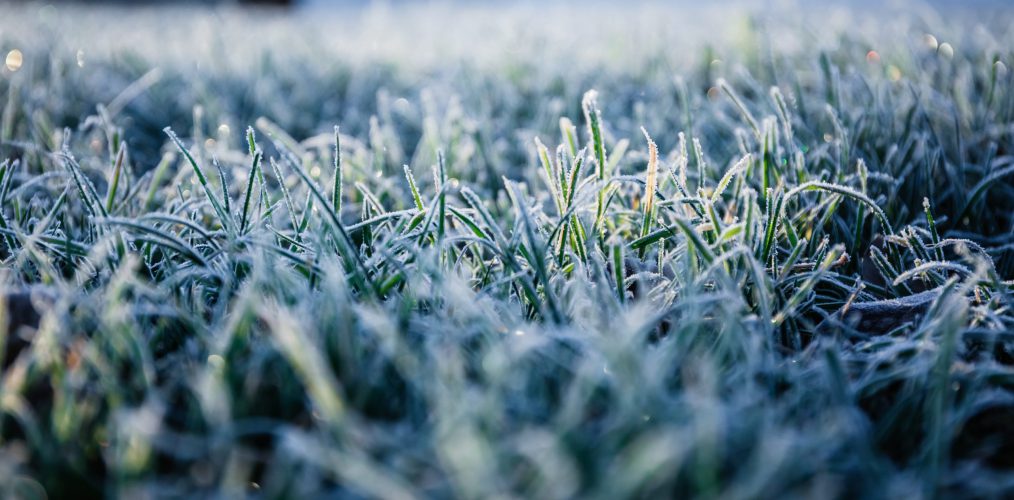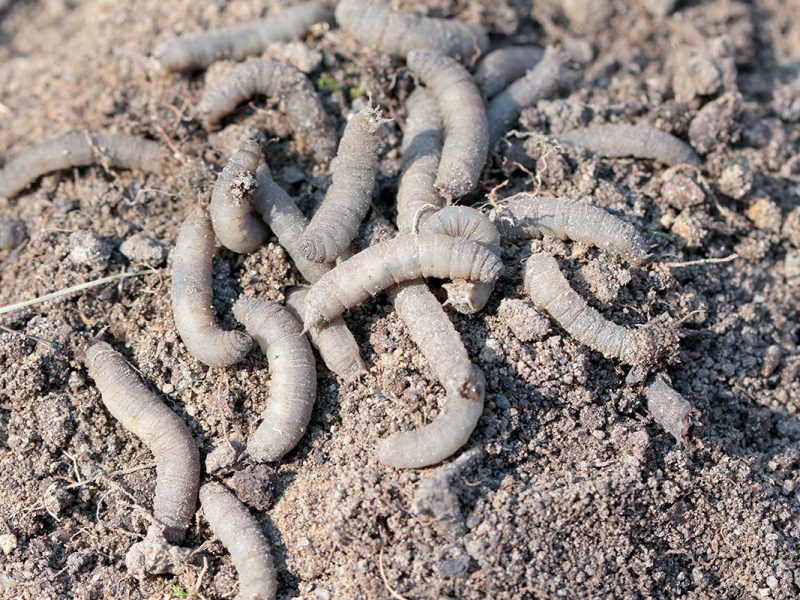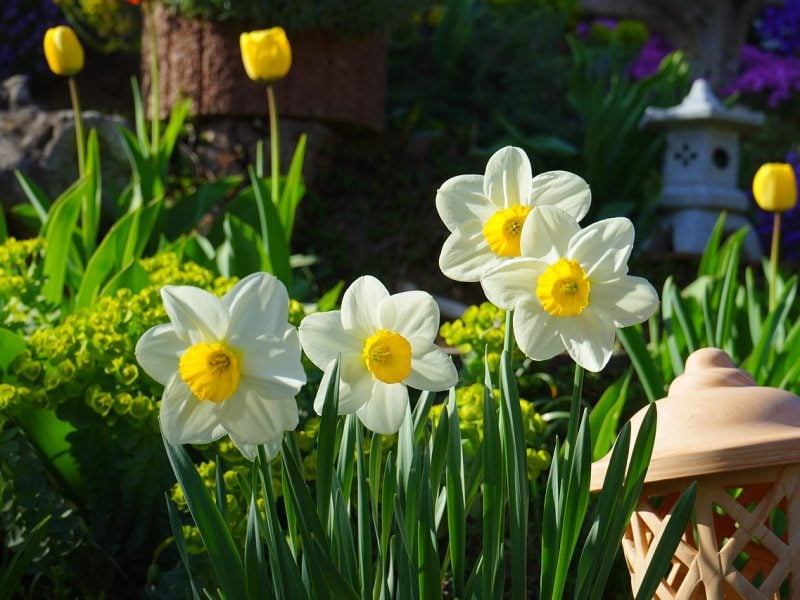We may think of winter as being a time of dormancy in the garden, but despite appearances, things are very much still active in the lawn, both above and beneath the soil. Although at a slower rate, grass continues to grow, detritus breaks down, and the pupal stages of insects grow and develop.
This means that it’s important to keep an eye out for the signs and symptoms of various lawn problems over the colder months. Not least because any damage they cause now may not be fixable until spring if left untreated for too long.
But just what are the biggest winter lawn pests and problems you need to be aware of?
Snow mould
Fusarium patch, known more commonly as pink snow mould, is a particularly pernicious fungal disease that can quickly take hold of large portions of the lawn. While the name suggests it occurs only after snowfall, that is just one species. Many varieties thrive in mild weather, meaning your lawn can be particularly exposed to it in the autumn and early spring periods too.
The best thing you can do to try and prevent it is to be vigilant with the rake, keeping foliage off your lawn. Mike Barney, a Greensleeves lawn care expert for Norwich, says: “Without a doubt, the most common cause of a damaged lawn in the winter is due to uncleared leaves. Any leaves left lying on the lawn not only cause the sward to thin but also limit light and air movement, which creates a perfect breeding ground for diseases such as fusarium patch. Given the right conditions, this turf disease can quickly spread across the lawn causing significant scarring, which will be slow to recover in the spring.”
A tell-tale sign of snow mould is small yellowish patches of dying grass that turn brown and spread rapidly.
Red Thread
Red thread is an extremely common type of lawn disease that is most prevalent during wet summers, when lawns may be deficient in nitrogen, but it can also occur in the winter too. While its Latin name is laetisaria fuciformis, it gets the common name ‘red thread’ from the slimy pinkish strands that bind to the blades of grass of infected areas. These are an obvious indication of the presence of the disease, if you spot them, you should contact your Greensleeves lawn expert as soon as possible to book a lawn fungus treatment.
Chafer grubs and leatherjackets
While we may think of leather jackets and chafer grubs as being autumnal issues, they overwinter in the soil and can cause massive issues later on. Mike says: “Quite often, the sign that something more sinister is going on under the surface of a lawn is most apparent at the end of the year, when what you may have thought was dry patch, doesn’t recover. This may be a sign that chafer grubs or leather jackets are feeding on your grass roots.”
The most effective treatment for these kinds of pests is a nematode treatment, however, nematodes will not hatch if the temperature is too low. Mike adds: “Effective control can only be applied between August-November so by keeping the grass strong with vital nutrients found in our autumn and winter treatments, this will help counter their effects whilst also discouraging them by acidifying the soil.”
Moss
Many lawn lovers don’t consider moss to be an issue. But the truth is moss easily outcompetes grass and will take over an entire lawn during a wet and mild winter, as it thrives in these conditions. The best way to prevent moss is to carry out a scarification treatment in the autumn and to minimise shade being cast onto the lawn by pruning back overhanging branches.
If moss does set in, contact Greensleeves for our specialist moss treatment service that will extract moss from your lawn and give the grass a boost to keep it from coming back.
Compaction
Finally, perhaps the most damaging problem you may find over the winter is simple soil compaction. Heavy usage of the lawn while the soil is wet results in it compressing. Not only does this prevent grass growth, but it also leads to water not draining properly, which can lead to pooling on the surface, encouraging disease.
Interested in finding out more about lawn problems?
Your local Greensleeves lawn expert is the best person to talk to when it comes to issues in your lawn. If you have any concerns send them a message. If you’re not an existing Greensleeves customer enter your postcode here, you’ll be able to book a free no-obligation consultation.





